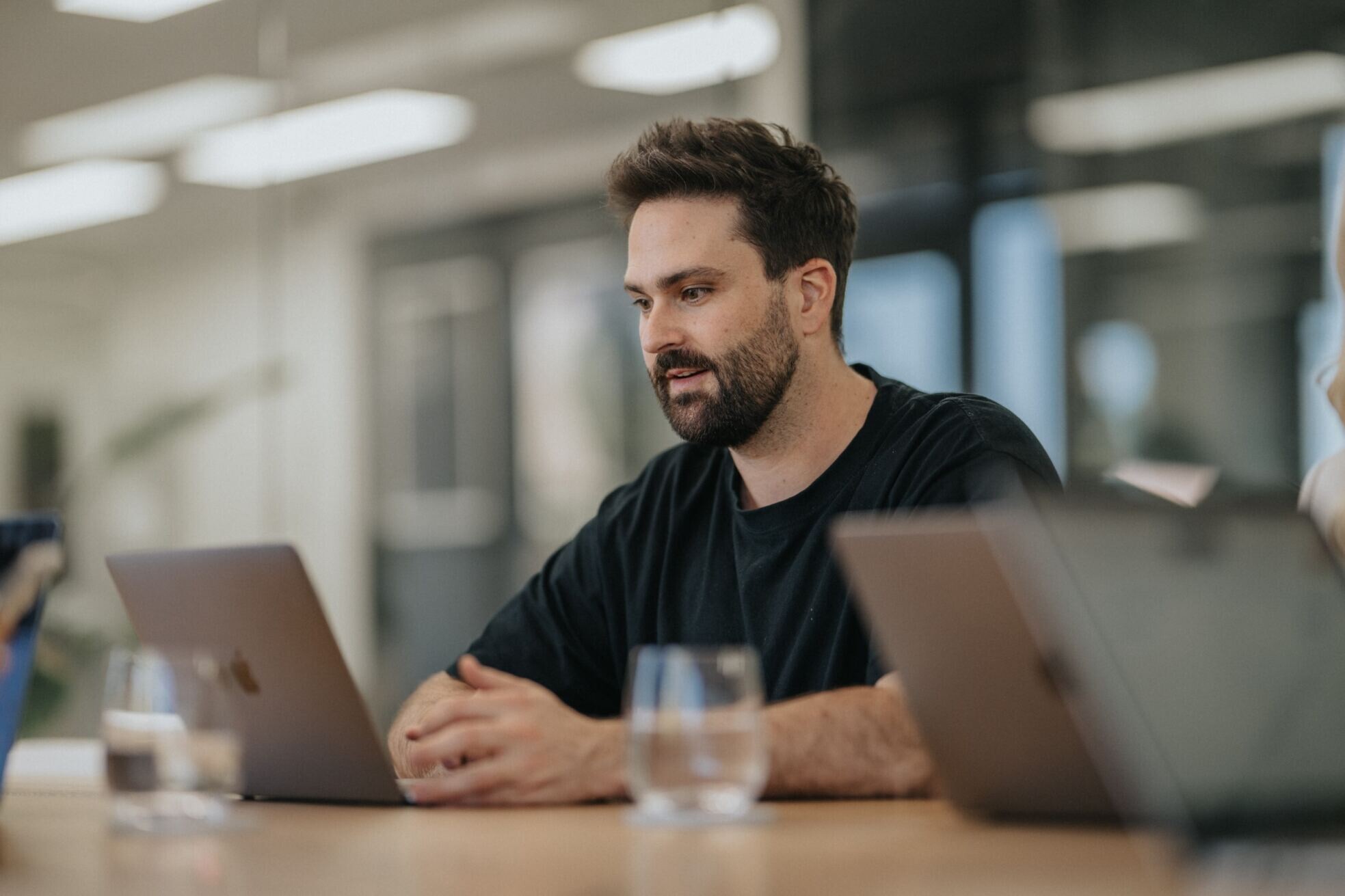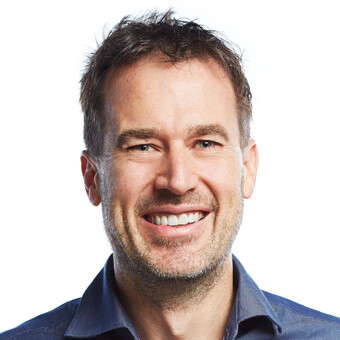Let’s get started
we’d love to hear from you.

LinkedIn, the online résumé where you get to tell everyone how great you are……right?
WRONG!
LinkedIn is so much more than a self-promotion tool designed for egotistical professionals and job hunters. LinkedIn provides endless opportunities to promote yourself and your business by demonstrating expertise and legitimising yourself as an organisation. LinkedIn is a professional networking platform where users are able to display their career and training history and connect professionally with other users (don’t expect any cat video’s here!)
As suggested it benefits both you and your organisation to develop your profile. Through showcasing your experience and education you are directly establishing credibility, while linking this back to the organisation’s expertise. Below we will flesh out some key ways your profile can be linked to your organisation, and how you can leverage this.
From an organisational perspective having all your employees optimised and active on LinkedIn provides a great avenue to connect and foster relationships with clients. The transparency of open information and experience will also enhance the organisation and individuals’ legitimacy.
There are so many other advantages to LinkedIn for both organisations and individuals, but a final point to make is the benefit it has on Search Engine Optimisation (SEO). Content on LinkedIn is indexed by Google meaning it carries significant SEO weight, helping to align yourself and your organisation with relevant topics.
It seems obvious, but if your profile isn’t complete with all sections filled out your credibility, trust and SEO potential is significantly reduced. LinkedIn makes filling out your profile child’s play, as each time you login LinkedIn directly prompts you to fill out a new section – embrace this as a way of easily building your profile over time!
You should be looking out for these sections:
We are told not to judge a book by its cover, but we all know it happens. Here are some guidelines for choosing your profile picture.
This is essential and should round up who you are and what you do. Follow these guidelines.
This is a fundamental part of a successful LinkedIn profile. It showcases your expertise and authority, and provides transparency and authenticity.
You should add all of your experience with fully optimised information. More important and relevant experience should have longer descriptions and therefore occupy more space. You should summarise less important experience in a few sentences.
Tips for writing a great experience section:
This is a really important point for leveraging and promoting your organisation as well as yourself.
When you fill out your experience and start typing the company name (if they have a company page) it should fetch the company’s information.
You will now notice that on the company page your profile will be linked as well as appear in searches for the company – leveraging the goodwill of the organisation while also adding value by showcasing expertise, humanising the business and developing trust through transparency.
To find out more on how your can use LinkedIn (and other social media platforms) to grow your business, contact us for a chat at hello@distl.com.au
No more missed opportunities. No shoehorning, railroading or using a jack hammer to crack a walnut. No more wasted branding, web or marketing dollars.

David Metcalf
Director
we’d love to hear from you.